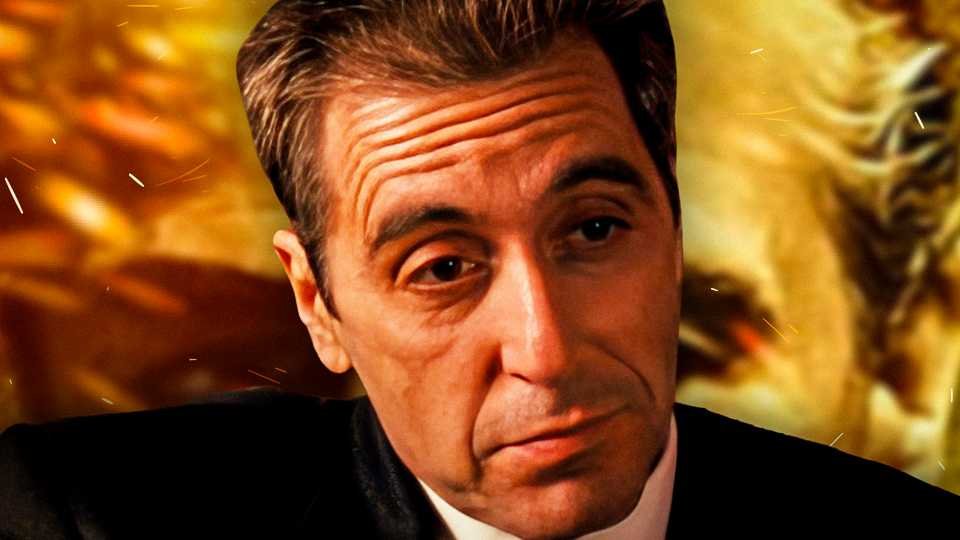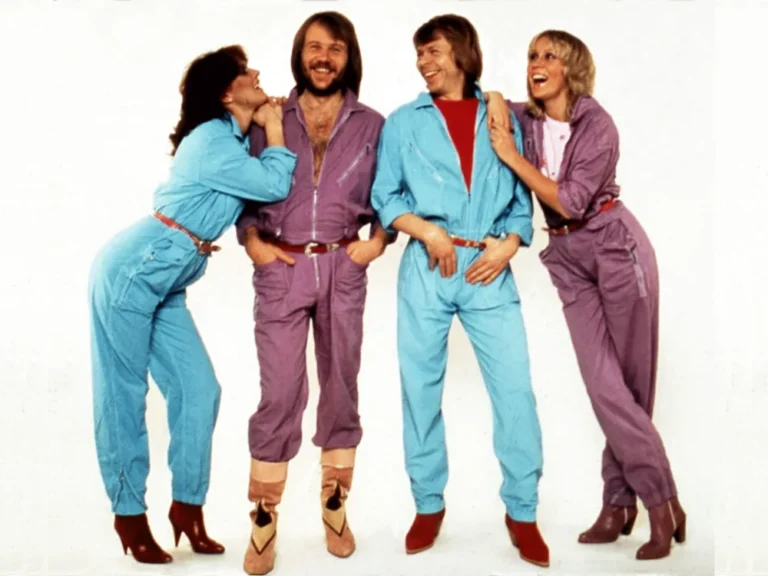
“The Godfather Part III,” directed by Francis Ford Coppola and released in 1990, is often regarded as a lesser sequel compared to its iconic predecessors. Despite having moments of brilliance and carrying forward the saga of the Corleone family, it struggled to match the towering achievements of the first two films. Here are ten reasons why “The Godfather Part III” didn’t live up to the previous movies:
1. **Absence of Key Characters**: The absence of Robert Duvall, who played Tom Hagen, was felt deeply. Duvall’s refusal to reprise his role over a salary dispute left a significant gap in the story and the ensemble cast’s dynamic.
2. **Sofia Coppola’s Casting**: Sofia Coppola, the director’s daughter, was cast as Mary Corleone after Winona Ryder dropped out. Her performance was widely criticized for being wooden and unconvincing, detracting from the emotional weight of her character’s storyline.
3. **Rushed Production**: Unlike the first two films, “The Godfather Part III” was rushed into production to meet a Christmas release deadline. This hastiness led to a script and production process that many felt were not as meticulously crafted as the previous films.
4. **Less Compelling Script**: The script of the third installment lacked the depth and intricate plotting of its predecessors. The first two movies were based on Mario Puzo’s novel and featured richly layered narratives, whereas the third film’s story felt comparatively thin and disjointed.
5. **Changed Tone and Focus**: The tone of “The Godfather Part III” shifted towards a more introspective and regretful Michael Corleone. While exploring Michael’s remorse is an interesting angle, it lacked the gripping, power-driven drama that defined the earlier films.
6. **Comparative Lack of Iconic Scenes**: The first two films are renowned for their memorable scenes and dialogues. “The Godfather Part III” struggled to produce equally iconic moments, leaving audiences without the same lasting impact.
7. **Less Impressive Cinematography**: While still visually engaging, the cinematography of the third film, handled by Gordon Willis, didn’t quite match the atmospheric brilliance of the first two films, which were noted for their distinctive and innovative visual styles.
8. **Underdeveloped Characters**: New characters introduced in the third film, such as Vincent Mancini (Andy Garcia), were not as deeply developed as characters from the earlier films. This lack of depth made it harder for audiences to connect with them on the same level.
9. **Music Score**: Nino Rota’s score for the first two films was iconic and deeply embedded in the cinematic experience of “The Godfather” series. Although the third film’s score was competent, it failed to reach the same emotional and atmospheric heights.
10. **High Expectations**: The monumental success and critical acclaim of the first two films set an incredibly high bar. Any sequel would struggle under such expectations, but “The Godfather Part III” faced an especially difficult task in living up to its predecessors’ legacy.
In summary, “The Godfather Part III” faced a combination of casting missteps, a hurried production schedule, and the immense pressure of its predecessors’ success. These factors contributed to it falling short of the legendary status achieved by the first two films. While it remains an essential part of the Corleone saga and offers closure to Michael Corleone’s story, it is often seen as a film that didn’t quite fulfill its potential.


